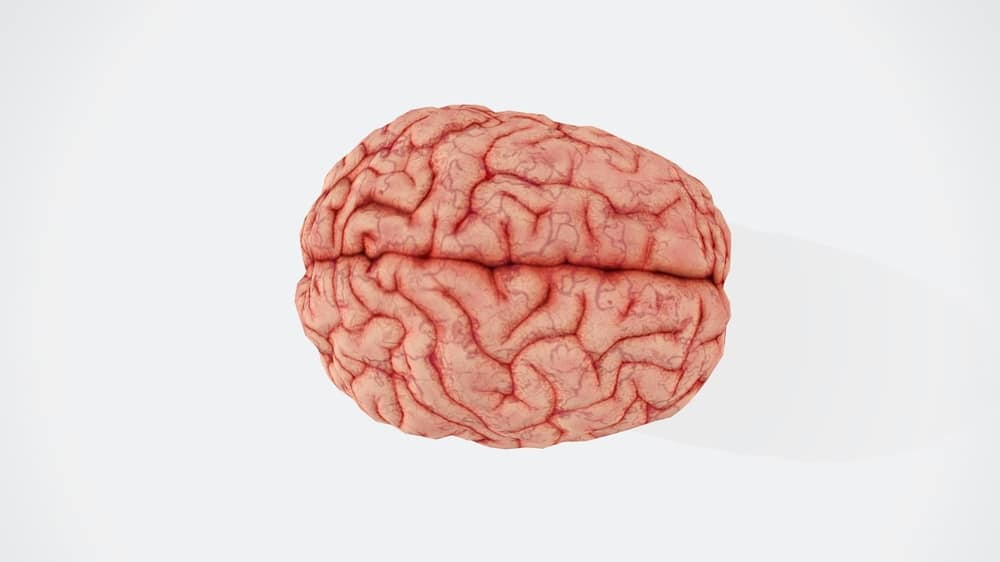
Managing Exam Stress
November 25, 2024
Building Stronger Relationships
December 9, 2024Have you ever wondered why anxiety feels so overwhelming, or why your body reacts so strongly to perceived threats? The answer lies in a tiny but powerful part of your brain: the amygdala. Let’s dive into understanding this fascinating neural structure and its significant impact on our daily lives.
What is the Amygdala?
Deep within our brain’s limbic system sits the amygdala, a small almond-shaped structure that serves as our emotional processing powerhouse. Think of it as your brain’s own security system, constantly scanning for potential threats and dangers. However, there’s a catch – this vigilant guardian can’t distinguish between real and perceived dangers.
The Amygdala in Action
When the amygdala detects what it perceives as a threat, it springs into action:
- It triggers the release of stress hormones like adrenaline and cortisol
- These chemicals flood your body, causing various uncomfortable sensations
- Your heart races, palms sweat, and muscles tense – all part of the “fight or flight” response
The tricky part? The amygdala can be overzealous, sometimes exaggerating threats or even “lying” to us about danger.
The Anxiety Cycle
Here’s where things get interesting. Our natural instinct when feeling anxious is to:
- Try to make ourselves feel better
- Avoid the triggering situation
- Seek immediate relief
But here’s the paradox: when we react this way, we’re actually reinforcing the amygdala’s false alarm. We’re telling it, “You were right to warn me!”
Breaking the Anxiety Cycle
Understanding the amygdala’s role gives us powerful insights into managing anxiety:
- The 15-Minute Rule: If we do nothing in response to anxiety, it takes about 15 minutes for the amygdala to realize its error and for the body to process the stress chemicals.
- Exposure Is Key: By gradually exposing ourselves to anxiety triggers without responding defensively, we can retrain our amygdala to provide more accurate threat assessments.
A Crucial Reminder
Anxiety is uncomfortable, but it is not unsafe!
This simple truth is essential to remember as you work on managing your anxiety. The sensations you feel might be unpleasant, but they’re not dangerous – they’re just your amygdala doing its job, albeit sometimes too enthusiastically.
Moving Forward
As you navigate your journey with anxiety, remember:
- Your amygdala is trying to protect you
- Its warnings aren’t always accurate
- You can retrain this system through gradual exposure
- Time is on your side – anxiety will naturally subside
By understanding the role of the amygdala and how it influences our anxiety response, we can take the first steps toward a more balanced relationship with our fear response system. Remember, the goal isn’t to eliminate anxiety entirely, we need it for survival.
If you’re seeking to connect further or receive support for parenting, working with Anxiety, or need other assistance, please reach out to us at 250-718-9291 or email us at info@okclinical.com.
For specialized services, our team is ready to help you explore our various counselling programs. You can also check out our General Counseling Services, learn about the Types of Therapy we offer, or visit our booking page here.

Written by: Kathryn Whatman, Practicum Student





